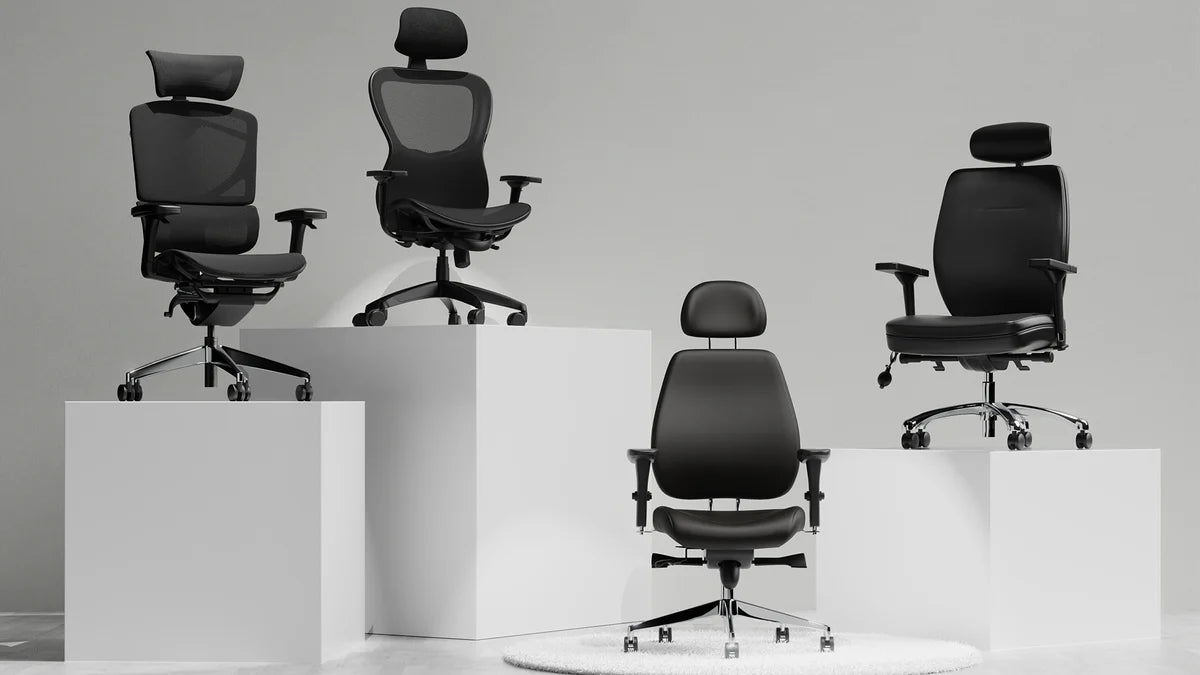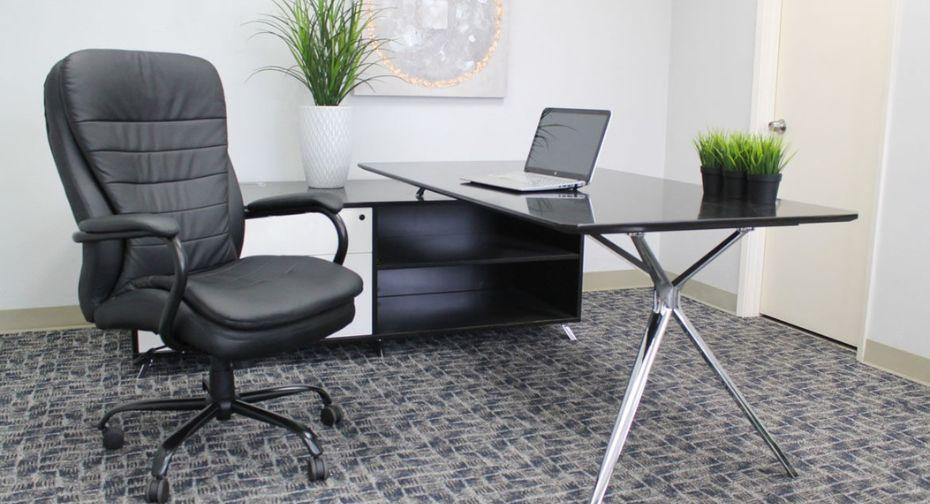Massive warehouse clearance sale! Save up to 70% off RRP - Visit us today!
Massive warehouse clearance sale! Save up to 70% off RRP - Visit us today!
Desks & Tables
Chairs
Office Storage
Accessories

How To Lock The Office Chair Back?
May 08, 2024 3 min read
How to lock the office chair back depends on the specific mechanism installed in the chair.
An office chair back can be locked by finding the adjustment mechanism, usually found on the side of the chair or beneath the seat. Once you've identified it, recline the chair to the angle you prefer. To secure the backrest, manipulate the lever or knob within reach. It engages a locking mechanism that prevents further reclining and ensures stability. Lean back gently to ensure the backrest is securely locked. Release the lock by reversing the action that engaged it, allowing you to readjust the backrest or return it to its upright position. Depending on your chair, you may need to familiarize yourself with its specific instructions.
Your chair's tilt lock mechanism usually differs from chair to chair. This article starts from the very basics since some of you might know what an office chair tilt lock is. Find out How to Lock the Office Chair Back
Continue reading.
How To Lock The Office Chair Back?

Learning how to lock the office chair back is essential for achieving optimal comfort during work hours.
People who sit in poorly fitting office chairs for long periods of time can suffer from severe spinal ligament damage and even disc issues. Most office chairs are adjustable.
Office chairs aren't unsuitable to users. The users may not have adjusted the chair in the best position for their bodies, causing the injuries described above.
The ultimate solution is to adjust the chair so that it fits your body. It is simple to adjust the chair so that it fits the user's body. This is one of the fastest and easiest methods.
How Do You Lock Your Office Chair?
1. Adjust The Height Of The Backrest.
The user should sit on the chair correctly with their feet flat and their calves at a distance of one fist from the edge. Move the backrest to the right and left until it fits in the small of the back.
This will give them maximum support. The chair back can be adjusted to provide firm support for the lumbar curve in the lower back.
How it's adjusted: The backrest should have a knob that can be moved up and down on the chair. It is easier to lower a backrest while sitting than it is to raise one, so raise the backrest fully first. Then, adjust the backrest until it fits snugly around your small back.
*Note that not all chairs have adjustable backrests.
2. Adjust The Angle Of The Backrest.

Users should adjust the angle of their backrest to ensure they are supported in their preferred posture. It's not necessary to lean forward or backward to feel the difference.
How it's adjusted: There is a lever or knob to lock the angle of the backrest to the chair. The backrest angle can be unlocked by leaning back and forth, while watching the monitor. Lock the backrest in place once the correct angle has been achieved.
*Note that not all chair backrests can be adjusted in angle. The backrest angle can only be adjusted on chairs with a mechanism to adjust the angle of the backrest.
- Adjust the tension knob
The tension knob is located on the front of this mechanism.
- More tension by rotating clockwise
- Counterclockwise for less tension
- Adjustable with a lever
To adjust the angle of the backrest to your personal preference, lift the lever. It can be pushed down to lock the position.
It is impossible to lock the chair all the way back. In these cases, the small parts that are used to adjust the back of the chair often have a problem. What can office chair users to do avoid these problems? Continue reading to find out the answer.
How To Prevent Damage To The Tilt-lock Part
1. Get Familiar With Your Office Chair
You need to understand how the chair functions, and all its parts.
The best way to familiarize you with your office chair is by reading the instructions. The manual contains all the necessary information to maintain the chair's current condition.
You will be able to protect your chair and its parts by knowing how to use it.
If you don't like reading manuals in small print, try watching some videos on YouTube or the internet.
2. Search For And Analyze Broken Parts

Before you start troubleshooting, make sure to first analyze the problem. Here are some examples of damage caused by specific parts.
- There will be no tension if there is a problem in the spring.
- You will not be able to recline a chair if a lever has been damaged.
- If you can't move the chair at all, there may be a problem with the tension knob.
Conclusion
Understanding how to lock the office chair back is crucial for maintaining good posture and avoiding discomfort.
There may be slight differences in the adjustment of office chairs that have different designs. In general, the process is the same. This article should help you learn how to lock your office chair.
Leave a comment
Also in News

Creating an Ergonomic Workspace: Boost Comfort and Productivity with Posture Seating in Modern Offices
November 13, 2024 3 min read



















